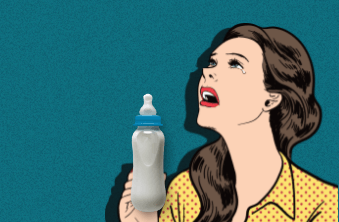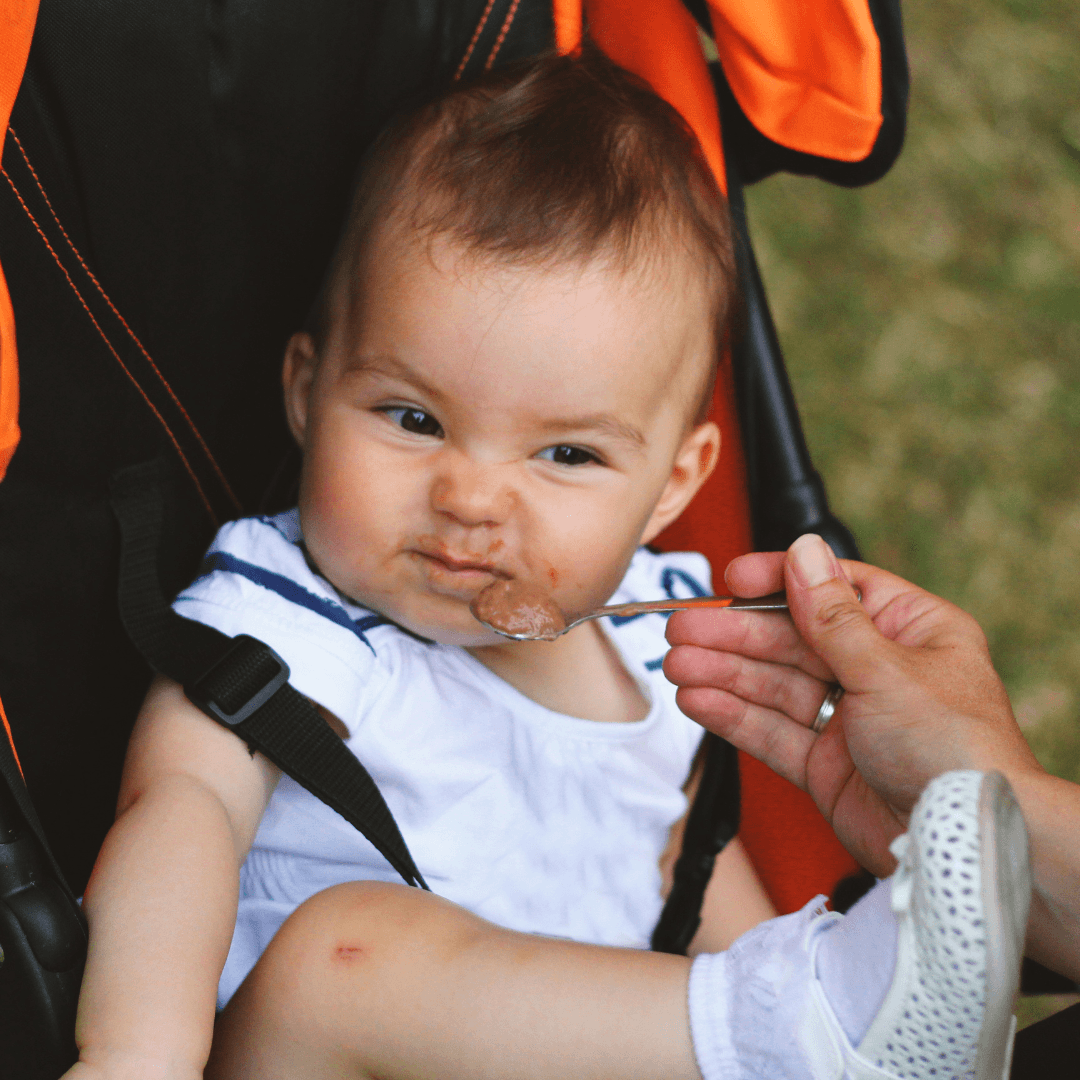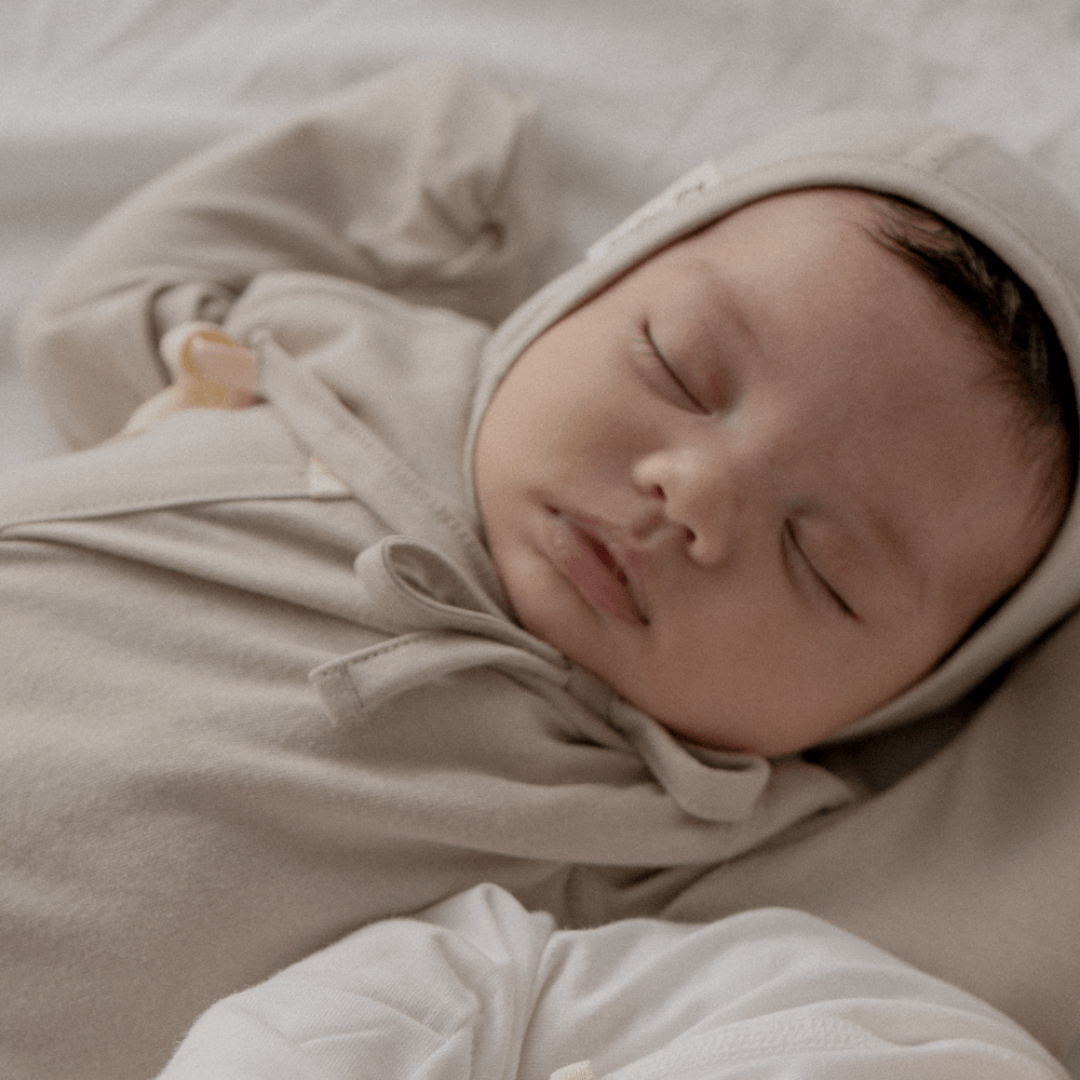
Question of the Day
“My milk supply is good, and the baby is growing well, but I keep getting sore nipples. Using a nipple protector is cumbersome too...how can I prevent and deal with nipple sores while breastfeeding?”
Anyone who is breastfeeding experiences a nipple sore at some point. In particular, if your breastfeeding posture is poor, it is easy for your baby to cause nipple wounds. You need to push the nipple and areola deep inside the baby's mouth, otherwise the child is more likely to bite. Today, we will introduce the causes of nipple wounds and how to deal with them.
Causes of Nipple Sores While Breastfeeding
1. Wrong Feeding Position
If the baby is constantly biting the mother's nipple, it is necessary to readjust the feeding position first. It is good to take a picture of the mother's breastfeeding position and look at it objectively.
Check that her back is upright, her shoulders are not overly raised with tension, her feet are comfortably on the floor, and the baby's body and head are facing in the same direction.
Also, when breastfeeding your baby, you should approach it with the intention of inserting the entire areola rather than just the nipple. The nipple should go deep into your baby's mouth, up to the midpoint of their mouth. If only the nipple is inserted, it will be difficult for the baby to suck.
After touching the areola to the lower part of the baby's lip, insert the nipple into the upper part of the baby's palate. At this time, the baby opens their mouth very wide, as if ready to eat.
2. Excessive Use of the Breast Pump
Excessive use of the breast pump can also lead to nipple sores because of friction with the breast pump funnel. People with sensitive skin may have difficulty using the breast pump. In this case, the only solution is to increase the number of direct feedings with the baby. If possible, direct feeding is recommended.
3. If the Frenulum is Short
This is a membrane that connects the underside of the tongue to the bottom of the mouth. If you lift a human tongue, you can find a thin line-like film underneath it.
If this frenulum is short, it is difficult to move the tongue properly. If the baby is unable to move their tongue well, they will frequently touch the mother's nipples during feeding, and this friction can cause nipple pain.
If the baby's frenulum is too short and it is difficult to breastfeed, you can decide to have the ligament surgery after consulting with the medical staff. It is better to perform frenulum surgery before the age of 3 years.
This is because as the child grows, the blood vessels and nerves in the frenulum also grow.
4. If Your Baby has a High Palate
Look at the baby's palate when the baby's mouth is open. There are babies with high palate, where the curve between the baby's lips and the roof of the mouth becomes prominent. In this case, it may be difficult for the mother to breastfeed deeply when breastfeeding.
# Parenting advice from Director Hyang-Hwa Kwon
How to Deal with Nipple Wounds
1. It is most important to have the correct breastfeeding posture. Study your breastfeeding posture before childbirth, and ask them to check and correct the breastfeeding posture at postpartum care centres, etc.
A professional look at it once will make it easier for you to continue breastfeeding thereafter. A deep nipple latch is the key.
2. If a wound occurs while breastfeeding, treatment of the nipple wound is the top priority. If you continue breastfeeding while there is a wound, the wound will not heal, and you will naturally avoid breastfeeding.
Dry the nipple by exposing it to the air, and if the wound is severe, go to the hospital and get an ointment.
3. If your baby is constantly biting and it hurts, deep suckling has not taken place. Remove the nipple and try facilitating deep sucking again from the beginning.
4. Nursing pads are not recommended as they moisten the nipples. Don't wear a bra and help keep your nipples cool and ventilated. It's good to stay like this for a few days, even if milk flows a little.
If you are applying ointment for a wound, wash away the ointment under running water before feeding and breastfeed your baby.
---------------------------------------------------
Author: Kwon Hyang-hwa
- Newborn Childcare Coach
- IBCLC International Breastfeeding Specialist
- Worked as the director of a postpartum care center for 10 years.







